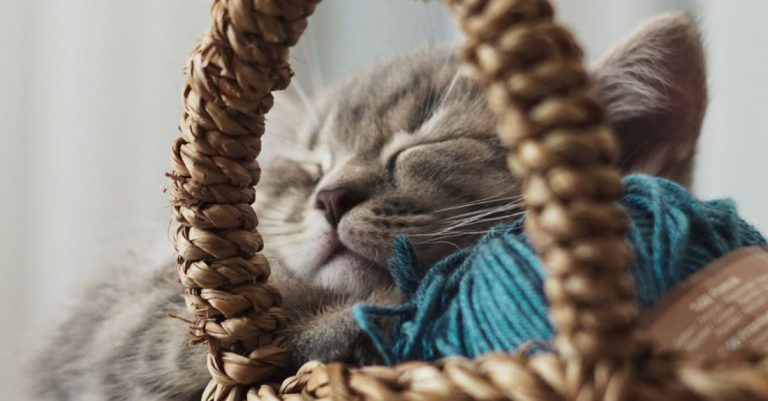
Pets, like humans, can experience fear and anxiety in various situations. Whether it’s due to loud noises, new environments, or past trauma, helping a fearful pet feel safe is essential for their well-being. As a pet owner, it can be challenging to see your furry friend in distress, but there are several strategies you can implement to ease their fears and create a sense of security.
Understanding Your Pet’s Triggers
The first step in helping a fearful pet feel safe is to identify their triggers. Pay close attention to your pet’s body language and behavior in different situations to determine what causes them anxiety. Common triggers for pets include thunderstorms, fireworks, car rides, being left alone, or meeting new people or animals. Once you have identified the triggers, you can begin to work on desensitizing your pet to these specific situations.
Creating a Safe Environment
Creating a safe and comfortable environment for your pet is crucial in helping them feel secure. Provide your pet with a quiet and cozy space where they can retreat when they feel anxious. This space should be equipped with their favorite toys, bedding, and comforting items that they associate with safety. Additionally, consider using pheromone diffusers or calming music to help create a relaxing atmosphere for your pet.
Positive Reinforcement
Positive reinforcement is a powerful tool in helping a fearful pet overcome their fears. Whenever your pet exhibits calm and relaxed behavior, be sure to reward them with treats, praise, or affection. By associating positive experiences with situations that typically cause fear, your pet will begin to feel more confident and secure. Consistency is key when using positive reinforcement, so be sure to reinforce good behavior consistently.
Gradual Exposure
When helping a fearful pet feel safe, it’s essential to approach their fears gradually. Exposing your pet to their triggers in small doses can help them become desensitized over time. For example, if your pet is afraid of car rides, start by sitting with them in the stationary car with the engine off. Once they are comfortable with this, gradually progress to short drives around the block, increasing the duration as they become more at ease.
Seek Professional Help
If your pet’s fear and anxiety are severe or persistent, it may be beneficial to seek the help of a professional. A veterinarian or animal behaviorist can provide valuable insight and guidance on how to help your pet feel safe and secure. They may recommend behavior modification techniques, medication, or other interventions to address your pet’s fears effectively.
Establish Routine and Consistency
Pets thrive on routine and consistency, so establishing a daily routine can help your pet feel safe and secure. Consistent feeding times, exercise, playtime, and bedtime rituals can provide structure and stability for your pet, reducing their anxiety levels. Stick to the routine as much as possible, as any disruptions can cause stress for your pet.
Creating a Bond of Trust
Building a strong bond of trust with your pet is essential in helping them feel safe. Spend quality time with your pet, engaging in activities they enjoy and creating positive experiences together. By strengthening your bond, your pet will feel more secure knowing that you are there to support and protect them.
Conclusion: Providing a sense of safety and security for a fearful pet requires patience, understanding, and a willingness to address their fears head-on. By identifying triggers, creating a safe environment, using positive reinforcement, and seeking professional help when needed, you can help your pet overcome their fears and feel secure in their surroundings. Remember that every pet is unique, so be patient and persistent in your efforts to help them feel safe and comfortable.





